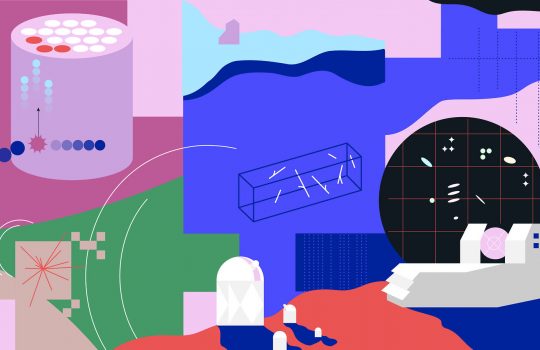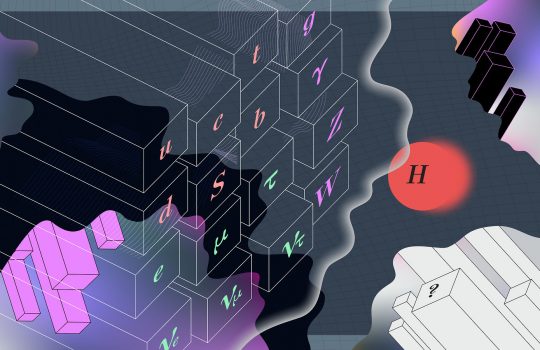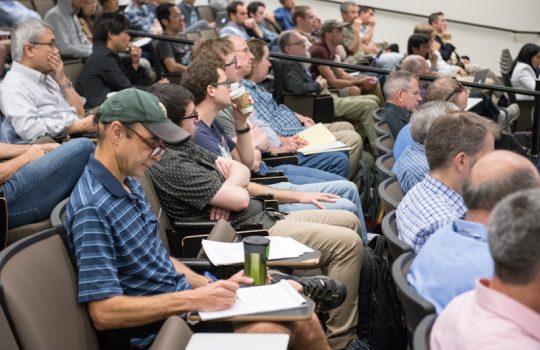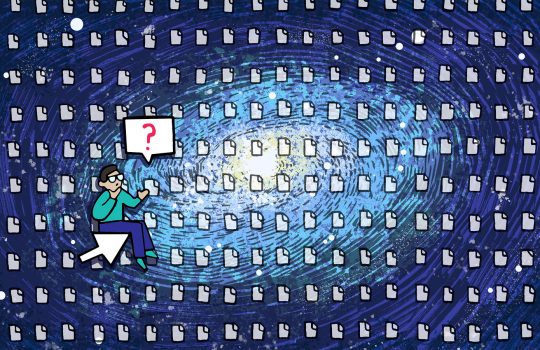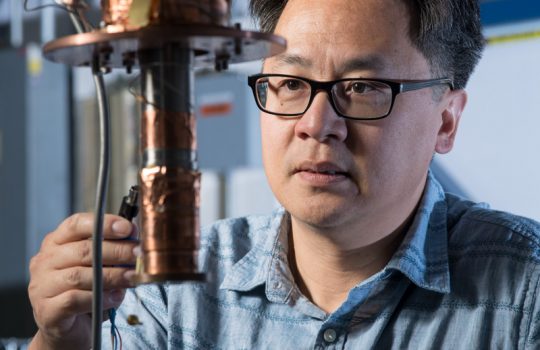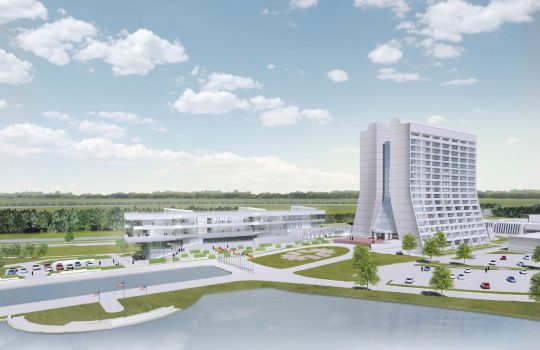Already beyond the Standard Model
- Daya Bay
- Double Chooz
- ICARUS
- IceCube
- Los Alamos
- LSND
- MicroBooNE
- MiniBooNE
- MINOS
- neutrino
- NOvA
- RENO
- SBN
- SBND
- Short-Baseline Near Detector
- Short-Baseline Neutrino program
- SNO
- SuperK
We already know neutrinos break the mold of the Standard Model. The question is: By how much?


